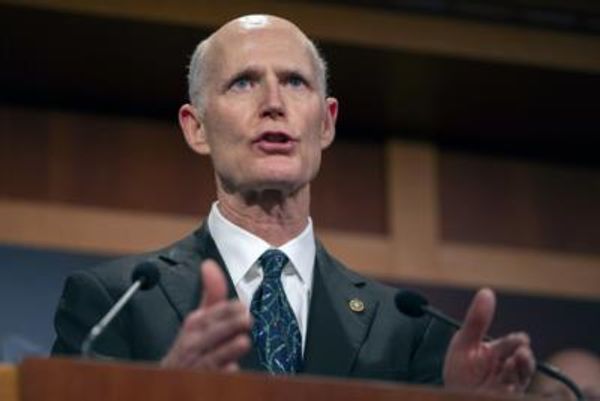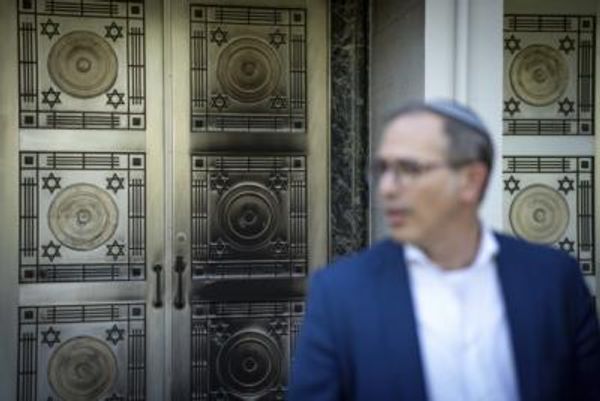
When only 1% of the National Gallery’s collection is made up of art by women; when a work by a woman goes for just 10% of that by a man; when the 2022 Burns Halperin report found that 11% of acquisitions and 14.9% of exhibitions at 31 US museums between 2008 and 2020 were of work by female-identifying artists (and 2.2% were of work by Black American artists), while the volume of acquisitions of work by women peaked in 2009; what does this say about the state of art today? The imbalance in art acts as a microcosm for the way we place value on genders in society. And it highlights the amount of work that needs to be done.
So did it surprise me that when visiting Action, Gesture, Paint: Women Artists and Global Abstraction 1940–70 at the Whitechapel Gallery in London, that five of the 86 brief 50-word labels made reference to male artists, including the husbands of Elaine de Kooning, Anna-Eva Bergman and Lilian Holt. Though this was a small proportion, it made me think that exhibitions still contextualise female artists in relation to the men they knew, and wonder whether this narrative can ever change.
This is not to target Whitechapel. It’s rare that all-women exhibitions are even staged, especially after centuries of all-male shows that are never flagged as such.
After I started a conversation about this on social media, Laura Smith, the Whitechapel’s curator, shared her reasoning. In the example of British painter Holt, four male artists were included on the label to show how isolated in her gender she was, and how the Borough Group, of which she was a member, is always written about in regard to the men included in it, rather than her. The gallery told me that they are going to produce a panel at the beginning of the exhibition outlining their curatorial rationale for these labels, along with further initiatives they’re still formulating.
The Whitechapel is more progressive than other London institutions. Visiting the National Gallery this week, I found that of the shockingly low six works on view by women in the entire museum, two mention male artists in their 50-word labels. In the 22 works on view by the referenced male artists (Frans Hals and Peter Paul Rubens), there is not a single mention of the female artists in their lives (Judith Leyster and Élisabeth Vigée Le Brun). There are only nine female artists in the entire collection.
At Tate Britain, 12 of the labels on work by female artists mention men. Where the label of Marlow Moss references Piet Mondrian, there is no mention of Moss in the labels against his work. Similarly, in Diego Rivera’s wall text at Tate Modern, Frida Kahlo is not named – a significant absence as there are no works by Kahlo in UK public collections.
Dorothy Price, curator of Making Modernism – a recent exhibition dedicated to female artists of German expressionism at London’s Royal Academy – told me: “We should contextualise them as artists first – where did they train, what did they make and how do their works recalibrate our understandings of a period of time? It’s useful to contextualise them in relation to their male counterparts if it makes a difference to how we understand their artwork. If it doesn’t, then it’s irrelevant.”
Context is key: there are some instances when it can be right to discuss Lee Krasner in relation to her husband, Jackson Pollock – one being that his death in 1956 enabled her to move into his large studio, allowing her work to expand on a grander scale (before this, she was confined to the spare bedroom). But it’s not right to primarily cite women as the wife of, the muse of, the daughter of or the acquaintance of.
So how we can do better? I spoke to artist Victoria Cantons who asked, “Why does the gender need to be highlighted?” She acknowledged that “it can be useful to share information about the people that the subject may have had connections with”. But she also wondered “if the art world does have an issue with art that highlights the human experience through a filter that is not cisgendered or binary? That work still seems to be very much under the radar.” The power of art is to tell stories beyond the binaries of gender.
Cantons says: “Go to museums around the world and you will see work that tells stories about love, loss, death, politics, Aids, race, the refugee crisis, on and on. These are human stories and we need to keep telling them. The more facets of ourselves that humanity has the chance to explore the better we can know ourselves.”
Above all, the artwork comes before the label. The artist comes before their gender. But when it comes to representation, mainstream museums must critically assess the narratives they impose on their visitors. It is only when we see art and a narrative of art told by a wide range of people that we can see society reflected as a whole.







